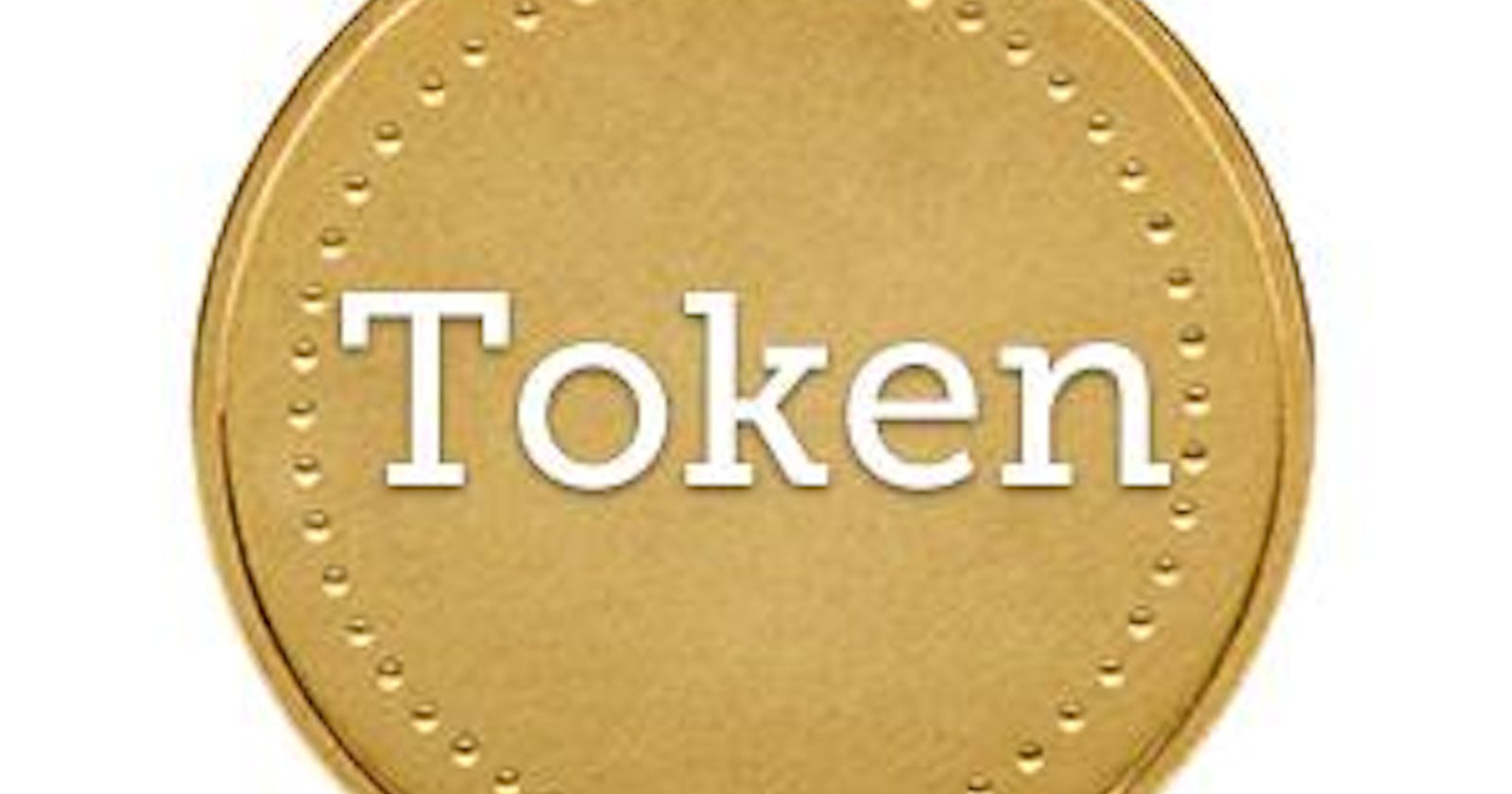In this article we'll talk about the different token standards for the Ethereum blockchain. But first, let's define a token. A token is simply a representation or identity of something(money, service, art, music …) on the blockchain.
Why tokens??
Tokens are important because by representing things in form of tokens, this makes it easy for smart contracts to interact, exchange, destroy and create them.
Below we are going to talk about the different ERC (Ethereum Request for Comment) token standards.
ERC 20 standard.
This is the most used token standard for fungible assets. This type of tokens can be split and ownership is attributed to many addresses. All tokens in this case are the same and interchangeable. For example, if you own 1ETH, you may want to send 0.5ETH to your friend. That way you’ll attribute that token to a certain address(your friend’s address). ERC 20 tokens and the blockchain are changing the financial world as we traditionally know it. These tokens have permitted us to enter a new financial world, the decentralized finance(DEFI). Due to this standard , it is now possible to send/receive money from anywhere in the world with no intermediary or in simple terms to make a P2P(peer to peer) transaction. ERC 20 tokens hold functionalities to transfer , query balance, …
ERC 721 standard
This token standard is used to represent non fungible assets. In this case, each token is unique. ERC721 tokens are more complex than the ERC20 tokens. This is because it has multiple extensions. ERC721 are referred to as NFTs. This standard has gained success recently in the creators(especially art) industry. Now, creators are gaining back ownership of their work using the blockchain. We are seeing platforms like opensea, airnfts where you can upload images, arts, videos and sell them up to multiple millions of dollars (case of "the first 5000 days" that worth 69 millions dollars). These platforms use ERC 721 token standard and assign them to each art that is being uploaded. That way it is easy to know who is the owner(real owner) of a certain piece of art. Also, due to the fact that each transaction is recorded on the blockchain , it makes it possible to track the transaction history of that NFT (this avoids scammers to claim a piece of art). My personal view on NFTs is that this amazing tokenization will change the world and will slowly reduce frauds and scams on the internet, and probably give back full ownership of digital assets to creators(owners) in different niches(not only art), who knows ?
ERC 777 standard
This standard is focused on allowing more complex interaction when exchanging(trading) tokens. This standard utilize the “msg.value” of Ether and provide its equivalent for tokens. One important note is that the ERC 777 standard is compatible with ERC20 and it represents fungible assets as well. This token standard improves the ERC 20 standard, but how ?? Here is the answer: -Hooks: a hook is a function that gets called when a token is received or sent through the contract. Hooks make it possible for smart contracts to react to incoming and outgoing tokens. -Decimals: ERC 777 tokens clarify confusion around decimals from ERC 20 tokens.
ERC 1155 standard
This ERC 1155 standard takes the best from ERC20, ERC721 and ERC 777 to create a fungibility-agnostic and gas efficient token contract( Ethereum smart contract). The key feature of ERC 1155 standard is that it uses a single smart contract to represent multiple tokens. The “balanceOf” function of the ERC1155 tokens has an additional id argument of the token of which you want the balance. ERC—1155 supports fungible and non fungible(NFT) tokens. The only con is that the NFT ownership becomes harder to track.
